The Viking Ship Theory That Refuses to Die
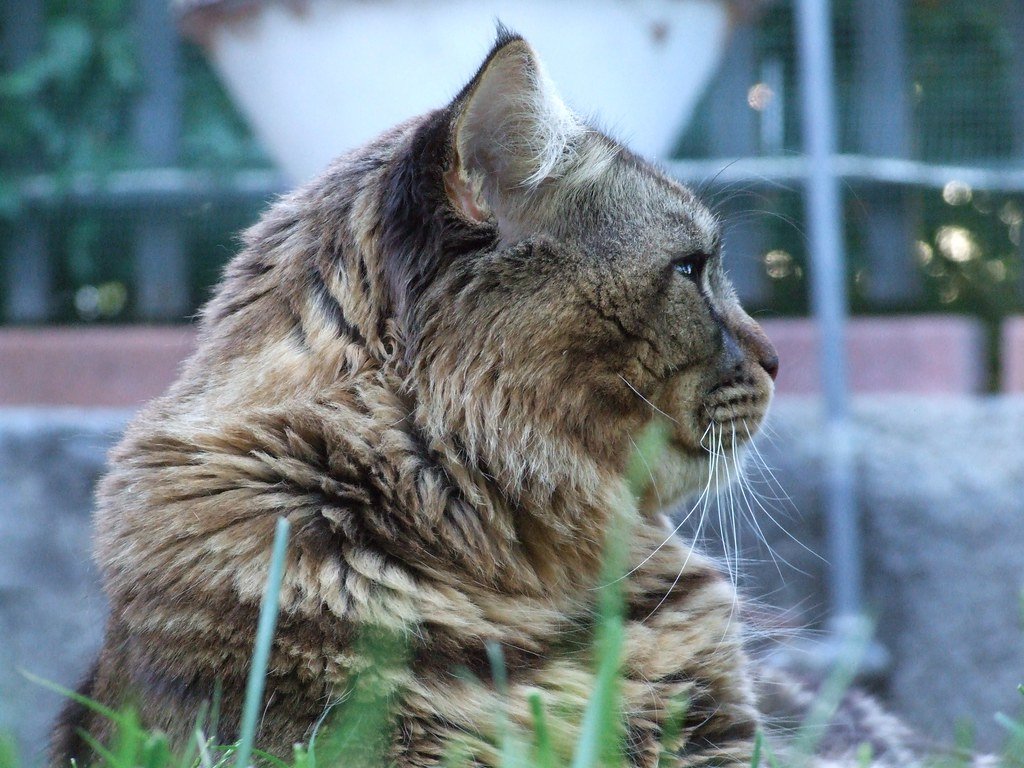
Picture this: ancient Norse sailors bringing massive, long-haired cats across treacherous Atlantic waters to the shores of Maine. It sounds like something straight out of a medieval adventure novel, yet this remains one of the most persistent theories about Maine Coon origins.
The timeline actually works surprisingly well. Norwegian Forest Cats share striking similarities with Maine Coons, from their water-resistant coats to their impressive size. Both breeds developed the same survival adaptations for harsh northern climates.
But here’s where it gets murky – there’s absolutely zero archaeological evidence of these seafaring felines making the journey. No cat bones in Viking settlements, no ship manifests listing precious cargo cats. The theory survives purely on wishful thinking and physical resemblance.
Marie Antoinette’s Escape Plan Gone Wrong
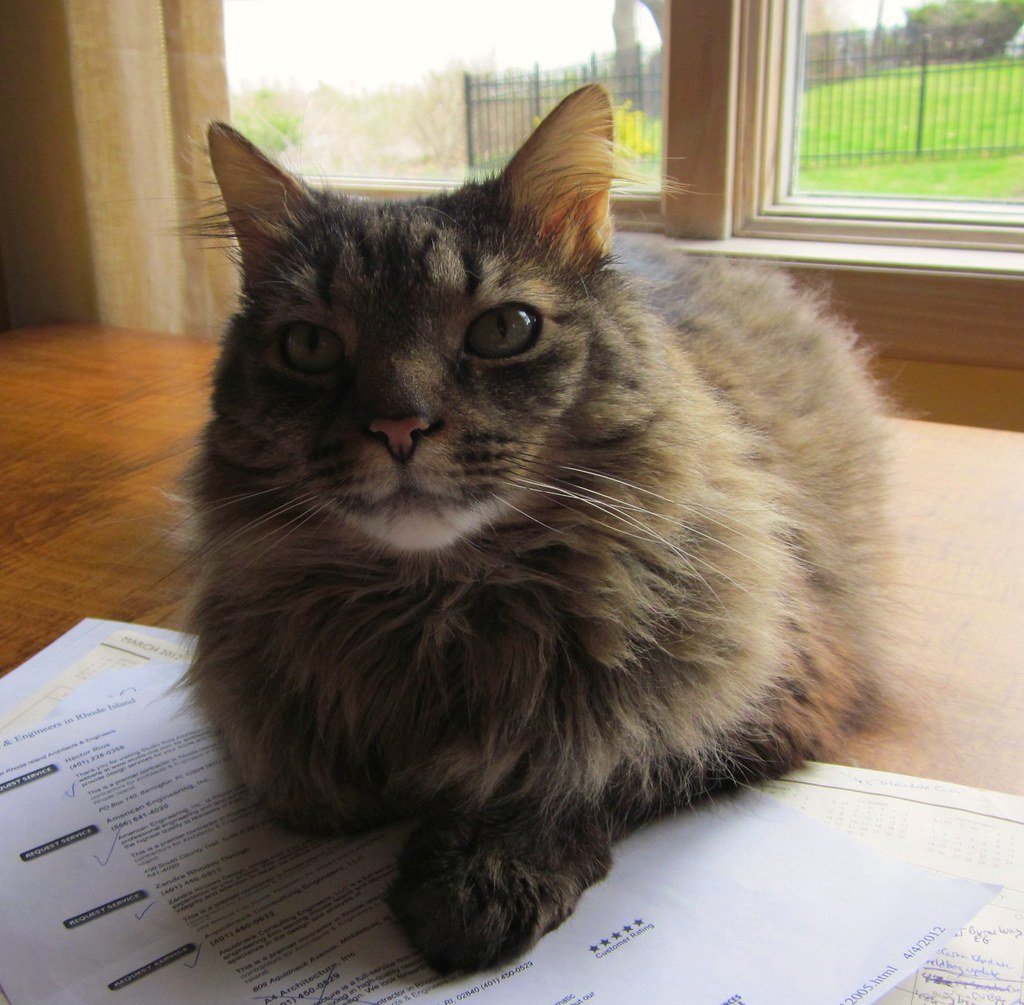
Legend claims that Captain Samuel Clough loaded six of Marie Antoinette’s beloved Turkish Angora cats aboard his ship, planning to help the doomed queen escape to America. The queen never made it, but supposedly her pampered palace cats did.
These aristocratic felines allegedly bred with local Maine farm cats, creating the foundation for what we now call Maine Coons. It’s a romantic story that tugs at the heartstrings – royal cats finding new life in the American wilderness.
The problem? This tale appeared decades after the fact, with no contemporary records backing it up. Historical documentation shows Clough was indeed a sea captain, but connecting him to French royalty requires quite a leap of faith.
The Bobcat Hybrid Impossibility
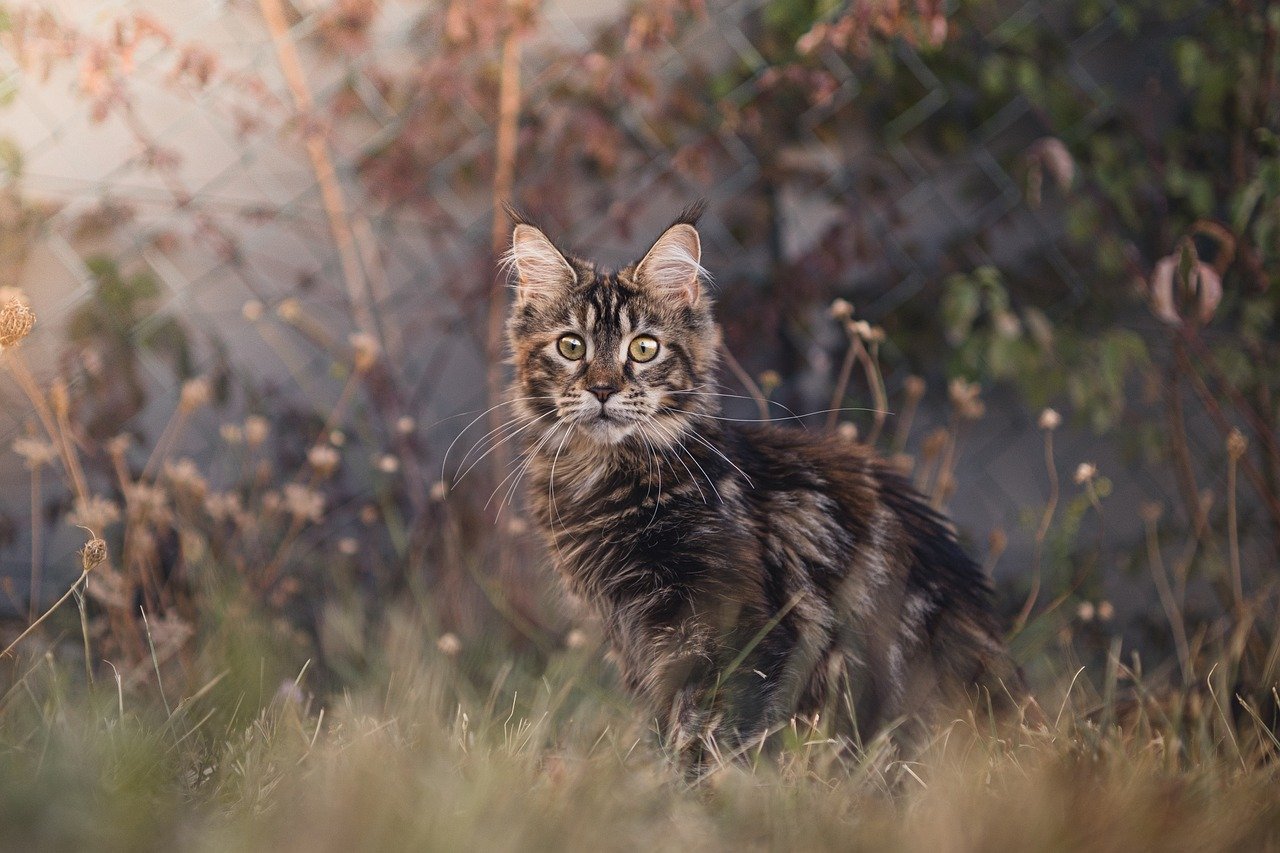
Walk into any Maine diner and you’ll likely hear someone swear their Maine Coon has bobcat ancestry. Those distinctive ear tufts, that wild appearance, the impressive hunting skills – it all seems to point toward some wild crossbreeding in the Maine woods.
Biologically speaking, this theory crashes and burns immediately. Domestic cats and bobcats are different species that simply cannot produce viable offspring together. Their genetic makeup is too distinct for successful reproduction.
Yet the myth persists because Maine Coons genuinely look like they could have wild ancestors. Their robust build and fierce independence made early settlers believe they were witnessing nature’s own experiment in crossbreeding.
The Raccoon Connection Nobody Believes Anymore
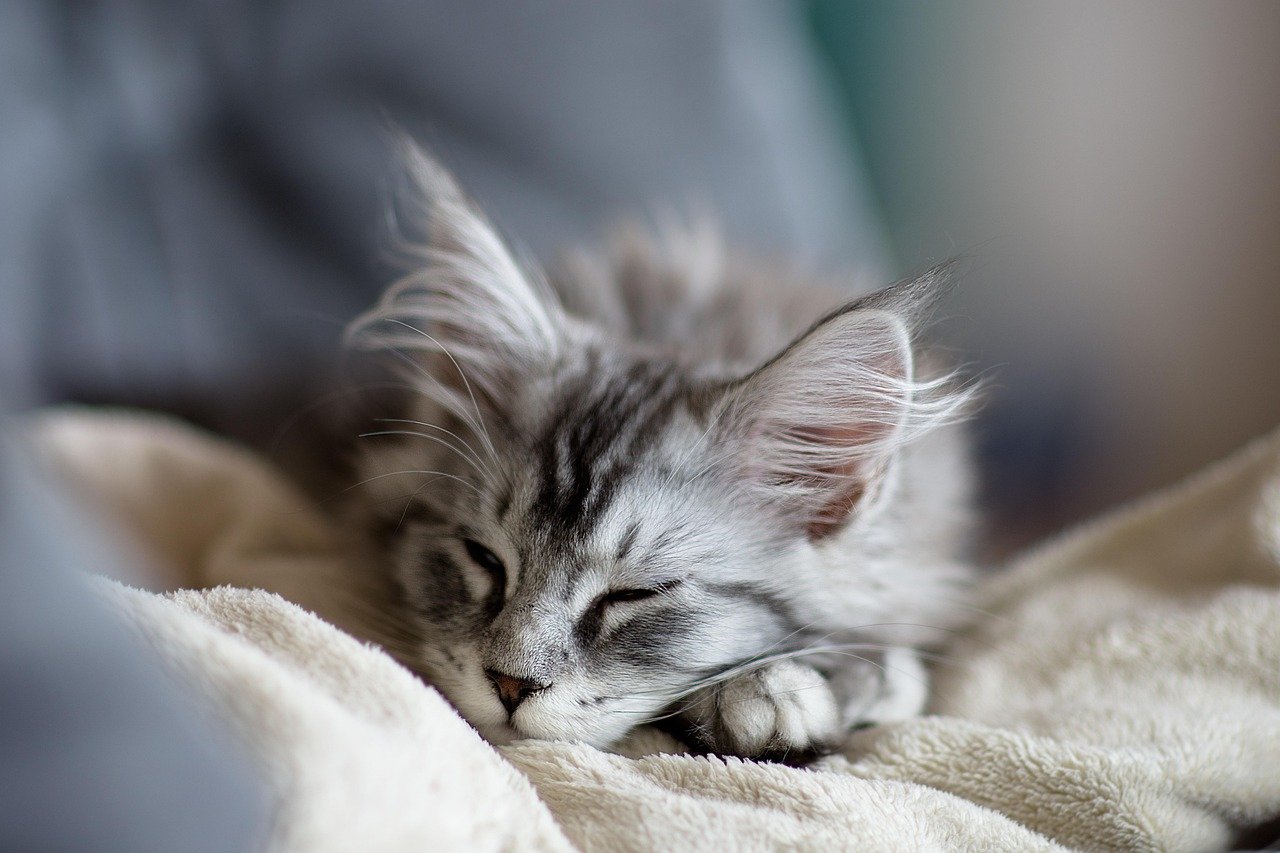
The most absurd origin story involves Maine Coons being half-raccoon, half-cat hybrids. Early American settlers, apparently lacking basic knowledge of mammalian reproduction, looked at those ringed tails and tufted ears and jumped to impossible conclusions.
This theory was so widespread that it literally gave Maine Coons their name. The “Coon” part comes directly from this raccoon connection that never could have existed in the first place.
Modern genetics has completely demolished this idea, but it shows how desperately people wanted to explain these remarkable cats’ unique appearance. Sometimes the most obvious explanation is also the most impossible one.
The English Longhair Ship Cats Reality
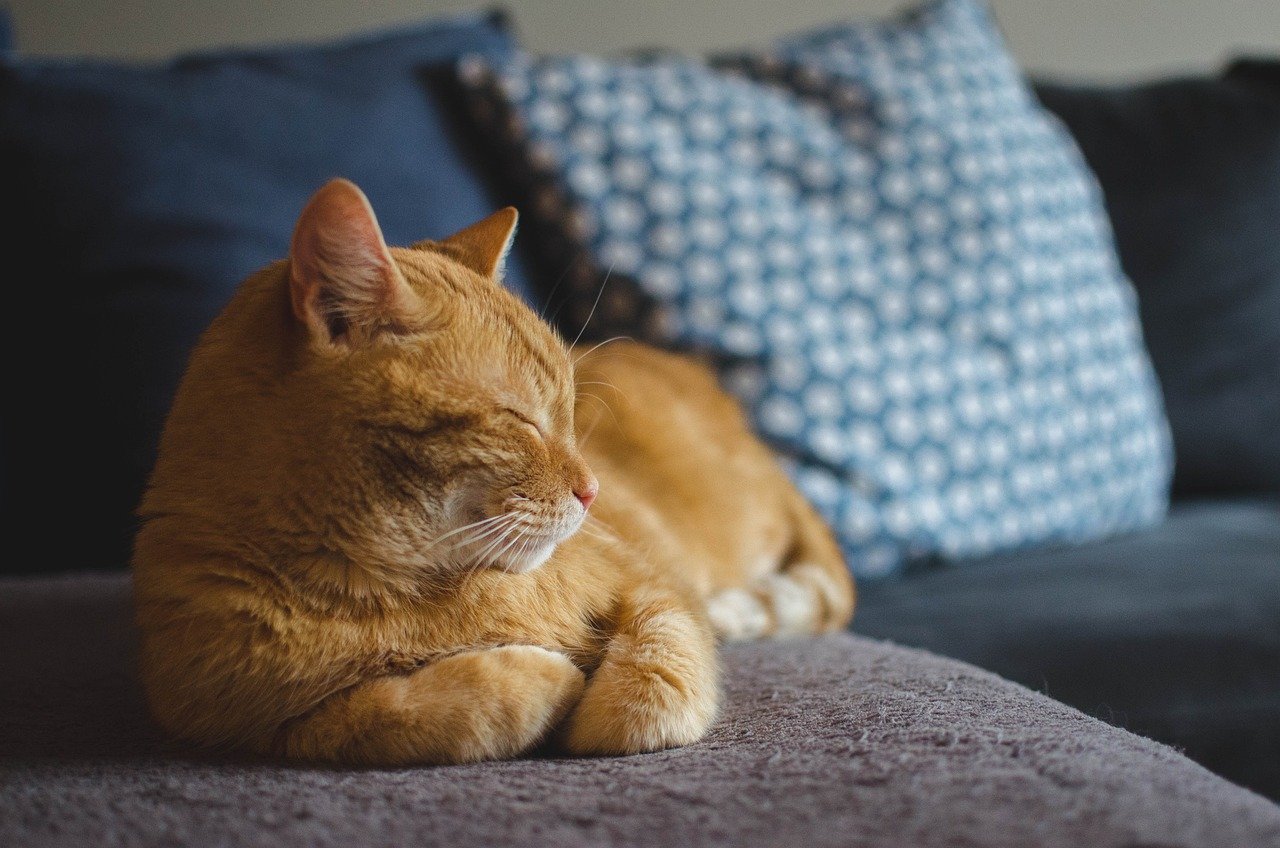
Here’s where things get more believable: Maine’s coast was constantly visited by trading ships carrying working cats to control rodent populations. Many of these ship cats were sturdy English longhairs, bred for harsh conditions and hard work.
These maritime workers would naturally breed with local short-haired farm cats, creating offspring that combined size, intelligence, and weather resistance. It’s not as exciting as Viking legends, but it makes perfect biological sense.
Trade records from the 1800s actually document cats being transported as valuable cargo. Unlike the dramatic rescue stories, this theory has real historical backing and explains the gradual development of Maine Coon characteristics.
The Missing Link Between Wild and Domestic
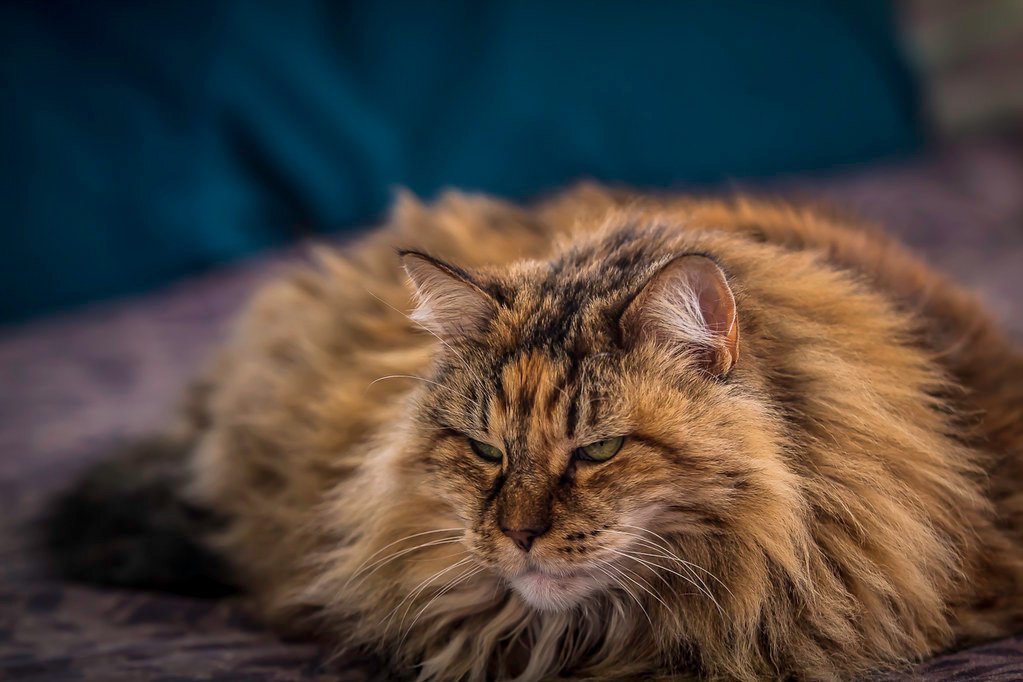
Something fascinating happened in Maine’s forests that we still can’t fully explain. Domestic cats somehow developed traits that seem almost too perfect for surviving brutal New England winters.
Their water-repellent fur, snowshoe-like paws, and ability to hunt in deep snow suggest evolutionary pressures that worked incredibly fast. Most domestic cat breeds took centuries to develop such specialized characteristics.
Maine Coons seemed to acquire these survival skills within just a few generations. Either they had remarkable genetic luck, or there were environmental factors we don’t understand that accelerated their adaptation.
The Polydactyl Connection That Vanished
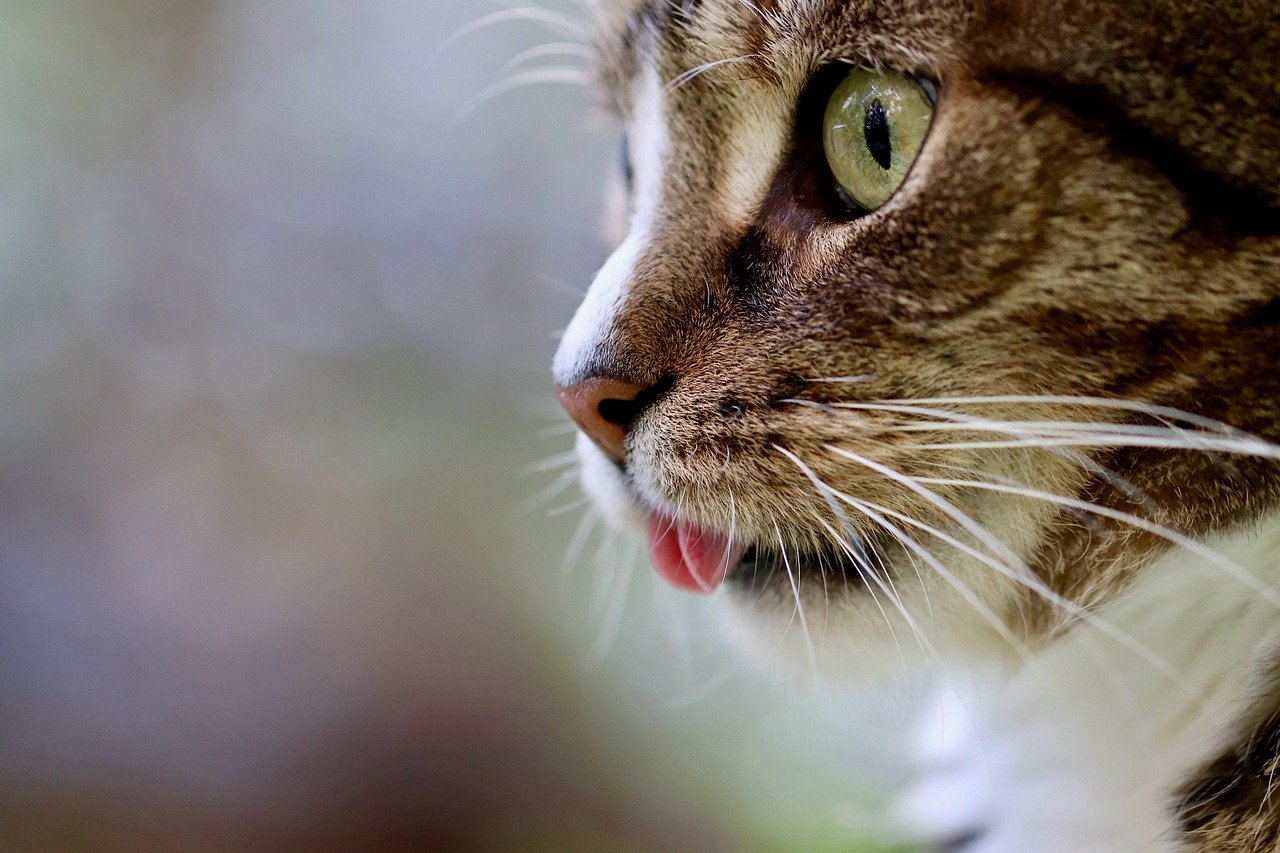
Early Maine Coons were famous for having extra toes – a condition called polydactyly that gave them even better traction on icy surfaces. Sailors considered these multi-toed cats especially lucky and valuable.
Somehow, this trait became less common over time, even though it provided clear survival advantages. Modern Maine Coons rarely display polydactyly, which suggests selective breeding deliberately reduced this characteristic.
The question remains: why would breeders eliminate a trait that helped cats survive Maine’s harsh conditions? The answer reveals how human preferences sometimes work against natural selection, even in supposedly “natural” breeds.
The Size Mystery That Defies Logic
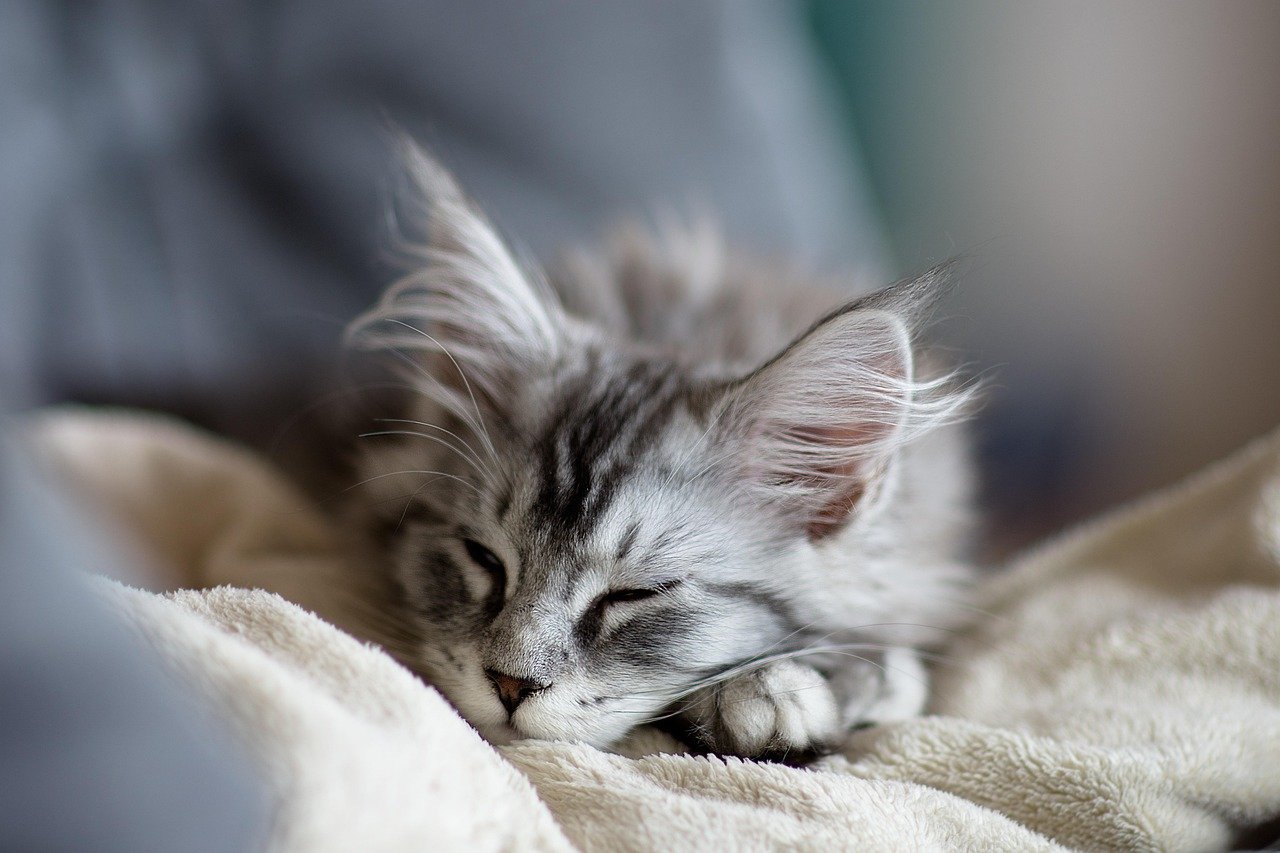
Maine Coons regularly reach 20+ pounds and can stretch over three feet long, making them true giants of the domestic cat world. But here’s the puzzle: most environments favor smaller, more efficient predators.
Large size typically means higher calorie requirements and greater vulnerability during food shortages. Yet Maine Coons thrived despite their impressive bulk, suggesting they had access to abundant prey or possessed exceptional hunting efficiency.
Their size also made them formidable opponents against other predators competing for territory. Perhaps growing large was actually a survival strategy rather than an evolutionary accident.
The Personality Paradox Nobody Expected

Most large predators are solitary and territorial, but Maine Coons developed surprisingly social, gentle personalities. They’re often called “dog-like” for their loyalty and willingness to interact with humans.
This combination of size and temperament doesn’t follow typical feline behavioral patterns. Large cats usually maintain distance from humans and other animals, yet Maine Coons actively seek companionship.
Something in their development created cats that could be fierce hunters when necessary but gentle companions in domestic settings. This behavioral flexibility suggests intelligence levels that go beyond typical house cat capabilities.
The Genetic Bottleneck We Can’t Trace
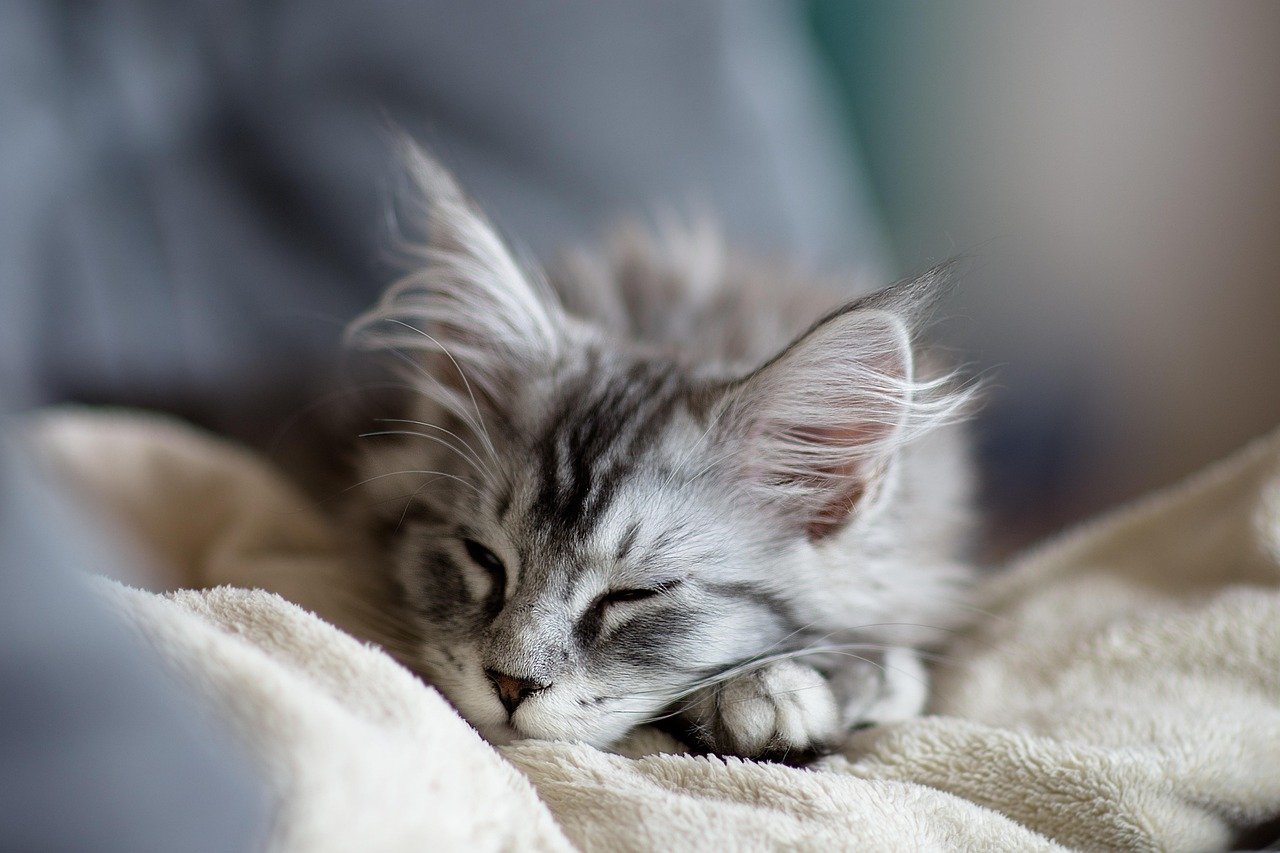
Modern genetic testing reveals that Maine Coons have surprisingly limited genetic diversity for such a widespread breed. This suggests they descended from a relatively small founding population that somehow expanded rapidly.
The genetic evidence points to a bottleneck event – a period when very few cats contributed to the entire breed’s future. But we can’t pinpoint when this happened or what caused it.
This genetic narrowing should have made Maine Coons more vulnerable to disease and genetic problems. Instead, they became one of the hardiest, most adaptable cat breeds in existence.
The Climate Adaptation Speed Record

Maine Coons developed winter survival features faster than should be biologically possible. Their undercoats, ear tufts, and cold-weather hunting behaviors appeared within just a few generations of arriving in Maine.
Typical evolutionary adaptation takes hundreds or thousands of years, not decades. Either Maine Coons had pre-existing genetic material for cold weather adaptation, or they experienced rapid natural selection pressure.
The speed of their adaptation suggests these cats faced immediate survival threats that eliminated any individuals lacking cold-weather features. What those specific pressures were remains largely unknown.
The Working Cat Heritage Lost to Time

Historical accounts describe Maine Coons as indispensable working cats on farms, ships, and logging camps. They weren’t just pets – they were economic assets that earned their keep through pest control.
These working cats developed problem-solving skills and independence that set them apart from purely domestic breeds. They learned to hunt cooperatively, navigate complex environments, and make survival decisions without human guidance.
Most of these working behaviors have been bred out of modern Maine Coons, but occasionally you’ll see flashes of that old intelligence and self-reliance. It’s like glimpsing their mysterious past through a genetic time window.
The Maritime Connection We’re Still Discovering
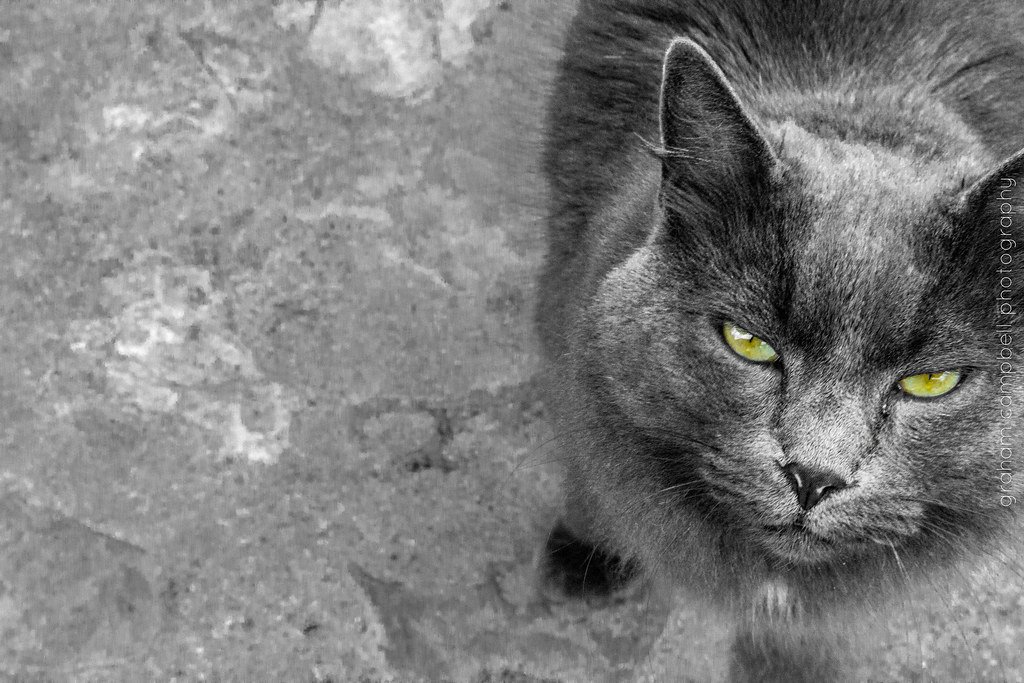
Recent research suggests Maine Coons have genetic markers found in cats from multiple continents, indicating their ancestors traveled extensively by sea. This supports the ship cat theory but raises new questions about their global origins.
DNA analysis shows connections to cats from Britain, Scandinavia, and even Asia – a genetic mix that could only happen through maritime trade routes. These cats were truly international travelers before settling in Maine.
But why did Maine become their permanent home when these seafaring cats had access to ports worldwide? Something about Maine’s environment or human population made it the perfect place for these wandering felines to finally settle down.
The Modern Mystery We’re Creating

Today’s Maine Coons are quite different from their mysterious ancestors, shaped more by show standards than survival needs. We’re actively changing the breed while still trying to understand where it originally came from.
Breeders select for specific appearances and temperaments that might eliminate the very traits that made original Maine Coons so remarkable. We’re potentially erasing the mystery even as we try to solve it.
The cats we call Maine Coons today might be beautiful examples of selective breeding, but they’re increasingly distant cousins of those enigmatic cats who first appeared in Maine’s forests and farms.
Conclusion: The Mystery That Keeps Growing

Every new piece of genetic evidence seems to deepen the Maine Coon mystery rather than solve it. We know more about their DNA than ever before, yet their true origins remain frustratingly elusive.
Perhaps that’s fitting for a breed that embodies the independent spirit of Maine itself – rugged, self-reliant, and not about to give up all their secrets easily. These cats have kept us guessing for over a century, and they’re not done yet.
The Maine Coon story reminds us that some mysteries are worth preserving. In our rush to explain everything, we might lose the wonder that makes these magnificent cats so captivating in the first place. What other secrets do you think they’re still hiding?
Hi, I’m Bola, a passionate writer and creative strategist with a knack for crafting compelling content that educates, inspires, and connects. Over the years, I’ve honed my skills across various writing fields, including content creation, copywriting, online course development, and video scriptwriting.
When I’m not at my desk, you’ll find me exploring new ideas, reading books, or brainstorming creative ways to solve challenges. I believe that words have the power to transform, and I’m here to help you leverage that power for success.
Thanks for stopping by, Keep coming to this website to checkout new articles form me. You’d always love it!






